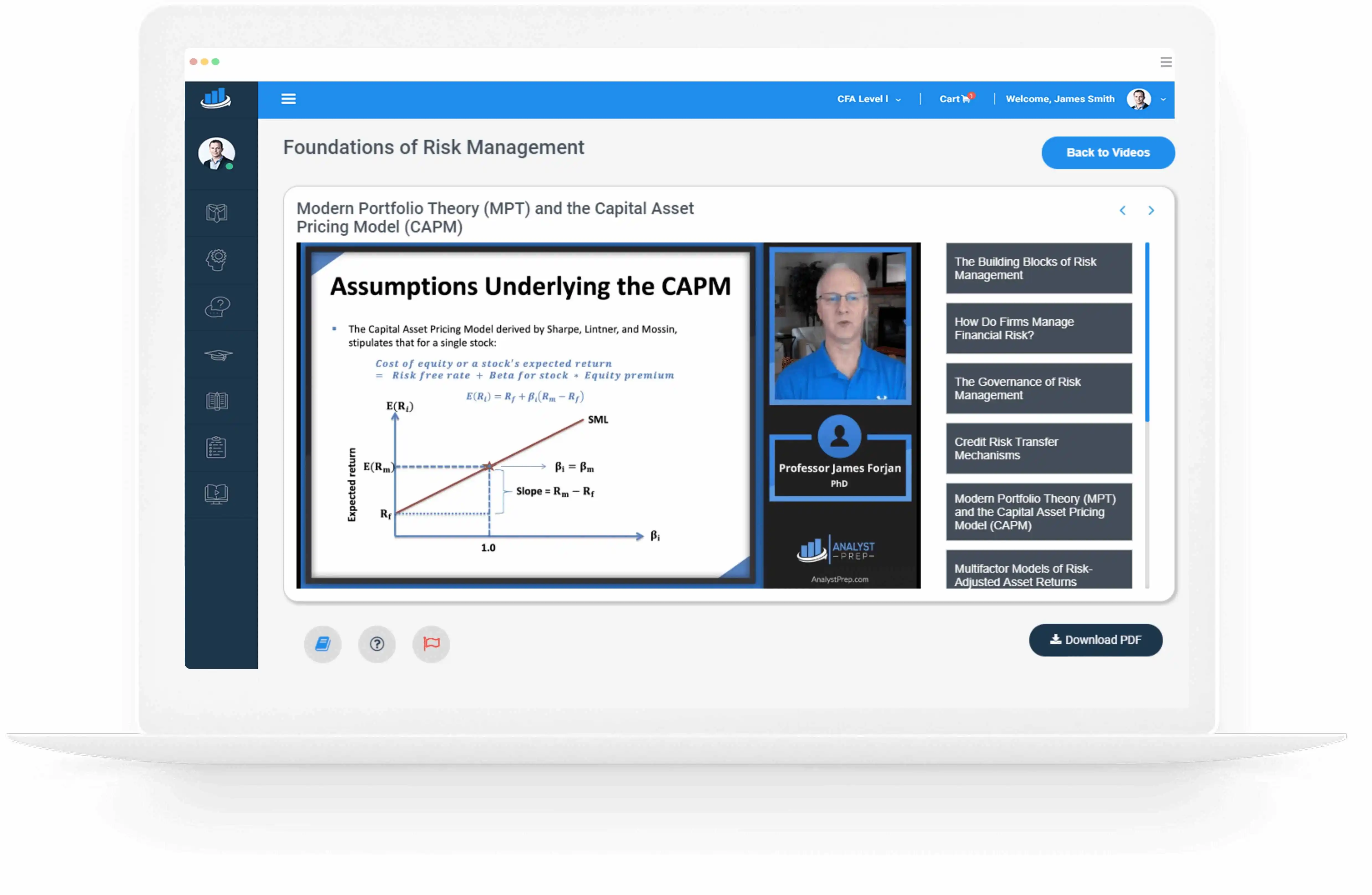Introduction to Global Investment Performance Standards (GIPS)
[vsw id=”KL_ToCtahKM” source=”youtube” width=”611″ height=”344″ autoplay=”no”] GIPS Structure, Compliance with and Benefits from GIPS The Global Investment Performance Standards establish a standardized set of ethical practices that guide practitioners in analyzing and presenting historical data as a basis for the…
The GIPS Standards
[vsw id=”1H95EdYtCKQ” source=”youtube” width=”611″ height=”344″ autoplay=”no”] Features of GIPS, and Compliance The investment industry is increasingly global in nature. For both firms and clients, there is a benefit to adopting a standardized protocol for calculating and presenting performance data. By…
Types of Security Market Indices
Investors can choose from security market indices representing various asset classes, including equity, fixed-income, commodity, real estate, and hedge fund indices. While proper use of any index is dependent on understanding their construction and management, it is also important to…
Market Efficiency
[vsw id=”7Ub4Gt-0nMs” source=”youtube” width=”611″ height=”344″ autoplay=”no”] Market efficiency describes the extent to which available information is quickly reflected in the market price. Market efficiency is highly important to active investment managers as their advantage depends on exploiting market inefficiencies and…
Factors that Affect a Market’s Efficiency
[vsw id=”7Ub4Gt-0nMs” source=”youtube” width=”611″ height=”344″ autoplay=”no”] Most, if not all, markets can be thought of as existing on a spectrum between perfect efficiency and complete inefficiency. This is because several factors contribute to or impede the efficiency of a market,…
Weak, Semi-strong, and Strong Forms Market Efficiency
Weak, Semi-strong, and Strong Forms Market Efficiency [vsw id=”7Ub4Gt-0nMs” source=”youtube” width=”611″ height=”344″ autoplay=”no”] Eugene Fama developed a framework of market efficiency that laid out three forms of efficiency: weak, semi-strong, and strong. Each form is defined with respect to the…
Market Efficiency for Fundamental Analysis
[vsw id=”7Ub4Gt-0nMs” source=”youtube” width=”611″ height=”344″ autoplay=”no”] The table below shows if abnormal returns can be earned through various strategies and active management assuming different types of market efficiency. $$ \begin{array}{l|cccc} \textbf{} & \textbf{Technical Analysis} & \textbf{Fundamental Analysis} & \textbf{Insider Trading}…
Market Anomalies
{ “@context”: “https://schema.org”, “@type”: “QAPage”, “mainEntity”: { “@type”: “Question”, “name”: “What characteristic used for stock screening is the least likely to result in any abnormal profits due to market anomalies?”, “text”: “What characteristic used for stock screening is the least…
Behavioral Finance
[vsw id=”7Ub4Gt-0nMs” source=”youtube” width=”611″ height=”344″ autoplay=”no”] Behavioral finance examines investor behavior to understand how people make decisions, individually and collectively. Behavioral finance does not assume that investors always act rationally but instead that people can be negatively affected by behavioral…
Types of Equity Securities
[vsw id=”dzzqUd0SqtQ” source=”youtube” width=”611″ height=”344″ autoplay=”no”] Unlike debt securities, equity securities do no impose an obligation on the issuer to repay the amount financed. Instead, shareholders act as owners of a company with a claim on the company’s net assets…




